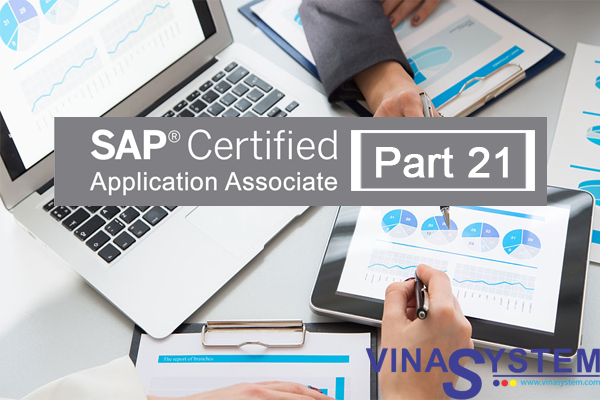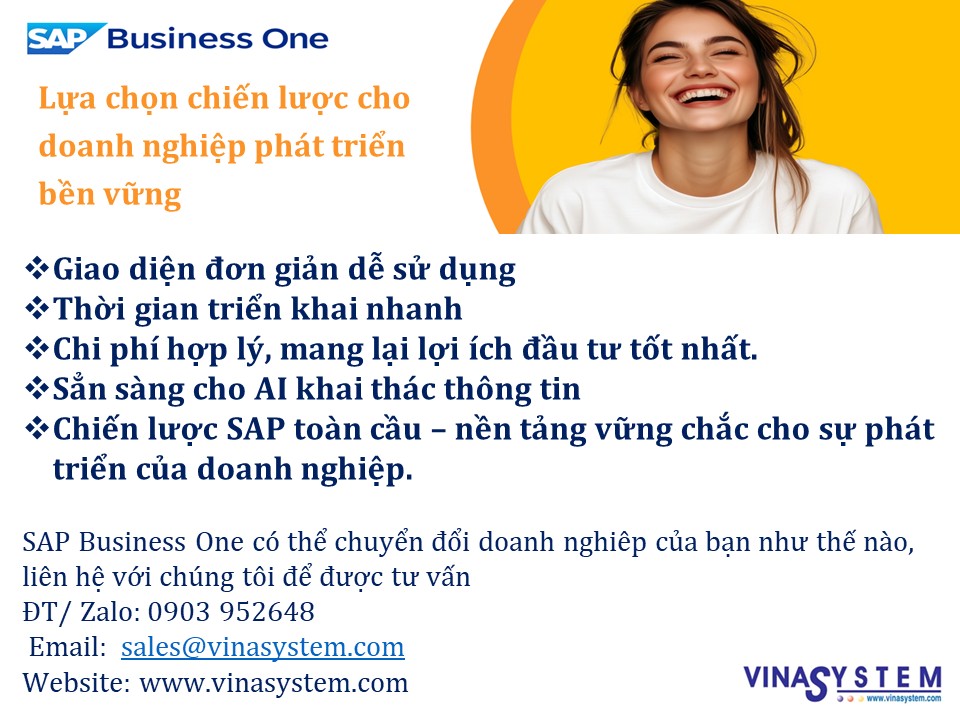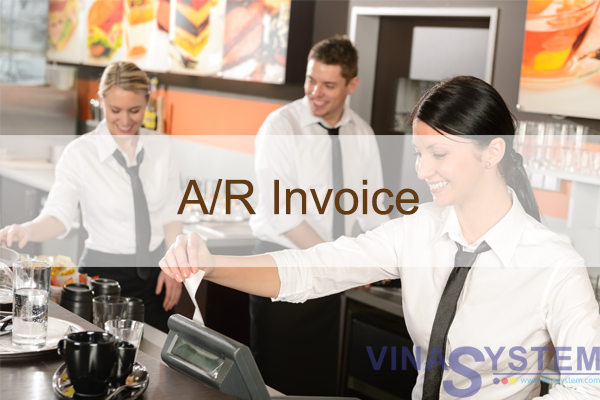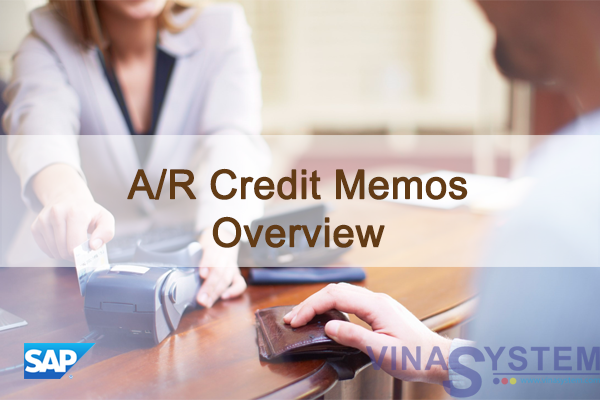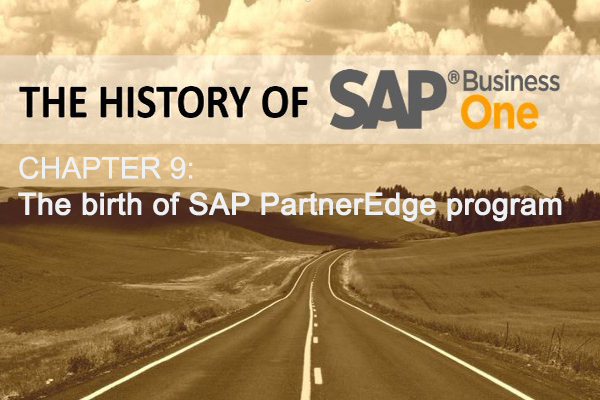
SAP Business One: The birth of SAP PartnerEdge program
Source: Ilan Tal - The History of SAP Business One
Review chapter 1: The history of SAP Business One: From Idea to Product
chapter 2: The history of SAP Business One: Building the startup
chapter 3: The history of SAP Business One: The Spin Off
chapter 4: The history of SAP Business One: Building the Brand
chapter 5: The history of SAP Business One: Joining the SAP family
chapter 6: The history of SAP Buisness One: Start running with SAP
chapter 7: The history of SAP Business One: Building the Global team
chapter 8: The history of SAP Business One: The Go-to-market Strategy
The Birth of an Award-winning Partner Program
The SAP PartnerEdge program was the first significant effort of SAP to cooperate and engage with channel partners in a structured, win-win concept. It started with 2 products - SAP Business One that was pure channel partners business and SAP Business All-in-one a partly channel business. The program that started with those two products, covers now more than 65 SAP products. The 2,000 partner companies in 2005 grew to more than 17,000 partners companies employing more than two million Eco-system experts. Comparing to 38,000 customers in 2005, there are almost 400,000 customers today.
Jerry Rosa - Currently Senior Partner Marketing/Communications Specialist at SAP, was a member of the first small team with Ira Simon, and Beth Glasstetter , I have asked Jerry to share the team experience and memories of the first days as you can read below.
Everything starts somewhere. Even partner programs.
When you look at SAP PartnerEdge, our current world-class awarding-winning partner program, you’d never know that it started from very humble beginnings.
Back in 2004, SAP management was focused on giving SAP Business One and its other Small and Midsize Business solutions a huge market lift. They knew that the best and most practical route-to-market was the indirect partner channel. To have a shot at success, SAP needed a solid program framework that would advocate partners and set us up to dramatically expand the success of SAP. The program also needed to scale to support all applicable solutions, including build, sell and service solutions across all market segments and industries on a global basis.
That was easier said than done.
SAP was then known as an enterprise business giant with a strong direct sales and service enterprise culture that didn’t understand the indirect partner channel. In addition, few people within its culture understood how to build and operate a partner ecosystem that would be mutually beneficial to customers, partners and SAP. The potential of the Internet was booming, and the SME market offered companies like SAP the fastest path to growth and new customers.
Playing the partners game
SAP executives knew that if they wanted to capture a bigger part of the SME market they had to appeal to partners, who would be the key to growing their market share against players like Microsoft, Oracle, Infor, Intuit, and others.
Companies like Microsoft had something that SAP didn’t have at the time: a world-class channel partner program. For years, organizations like Dell, HP, Microsoft. Lotus/IBM, Symantec, Adobe, and others improved their skills on creating and crafting programs that served a wide range of partner types from pure software and hardware resellers, to value-added resellers(VARs) to Systems Integrators (SIs) and Independent Software Vendors(ISVs).
Many VARs started experiencing margin erosion and were looking to add a variety of services to extend their value to customers. These partners would pledge their commitment to vendors that not only had innovative technology, but also a great partner program with world class resources, training, enablement, margins, support and more.

What’s in a Partner Program? It’s more than a Give and a Get.
Longtime channel veterans know what it takes to pull off a good partner program. Microsoft made it both an art and science, creating programs for thousands of partners that they managed directly and through massive two-tier IT distributors.
The best partner programs are more than just a fancy brochure with guidelines and a list of requirements and benefits. They also include favorable channel policies that support partner go-to-market, comply with international laws, offer business-building benefits and resources that can be administered globally and a technical infrastructure that offers partners self-sufficiency, and manages the daily nuances of thousands of partners’ businesses.
The problem was that SAP then didn’t have a world class partner program… not even close. It needed a cohesive model with benefits partners wanted and it needed one fast.
Sure, SAP had partners. It had all sorts of partners and quasi programs to support them. At one count there were about 20-plus types of partners with varying descriptions, logos, loosely managed agreements, and some locally delivered inconsistent benefits. It was a visual mish mash. Even more, all partner contracts at the time were one-offs known to insiders as “give and get agreements.” Meaning: Mr. Partner you give us this, and we give you that. Each one different. Not entirely the best way to run a scalable or compliant partner business.
Hiring the Channel experts
In 2004, SAP went on a hiring process. Management knew that to compete and scale in the SMB market and effectively build and manage a partner ecosystem of all types, it had to hire people with the right channel expertise that the company so badly needed. It needed a channel-centric DNA and culture. Industry insiders were hired away from Computer Associates, Dell, Microsoft, IBM, and other companies with strong indirect channel histories. It hired industry leaders including Donna Troy, Glenn Doody, Chuck Smith, Ira Simon, Shirley Scarborough, Tom Kindermans, Michael Sotnick and others—from channel chiefs, to marketers, to operational folks, all charged with instilling real indirect channel DNA into the ERP giant.
In many ways, they brought in a new indirect channel culture into SAP that was exciting, but also somewhat of a culture shock to many long-time SAP colleagues. Those colleagues had evolved in a company culture that worked collaboratively. They knew the enterprise customer and worked in building together. It was a drastic difference, a new breed of fast-talking colleagues from U.S.-based companies that knew the channel model inside out.
Sure, we were considered arrogant, but it was an attribute that was needed to move a mountain of direct enterprise thinking.

Ira Simon, Donna Troy and Michael Sotnick on the cover page of VAR Business
There was culture shock on both sides. Especially for us newbie channel experts who had lived in the partner world. We had worked at companies much different compared to SAP’s button-down approach. So, we had to work within the SAP system, we had to make friends fast and we had to convince a lot of people that having a channel program was important for SAP’s long term growth and survival.
Defining the basics
In late 2004, Ira Simon, who is global VP of Partner Marketing & Communications, started on his mandate: to create a partner program ASAP.
Again, easier said than done.
Ira pulled a few of his former employees from Computer Associates which included Kathy Lopez, who is now VP of Marketing Automation and myself to be part of his team. Ira had a long history at Computer Associates where he headed the partner program and channel marketing operations there for years and knew the channel better than most. This was not easy stuff but if anyone could pull it off, it was Ira.
When I arrived at SAP, I recall being in Ira’s office and he told me that we needed to create a partner program. “We’ve done this before at CA (Computer Associates), this is easy,” he said at the time. He also pulled in Beth Glasstetter, a former channel program guru and Certified Public Accountant, who had worked for us in a consulting role developing the latest partner program at Computer Associates, and we got her hired at SAP.
It wasn’t “easy.” With a plain Word doc, I started writing the guide for the partner program that we needed. The guide explained the program, how it worked and the benefits and more. As we created the program, we also had to create a way for partners to move up and down the program at the time for the new three-level program (Associate, Silver and Gold).
I had helped create the concept for that currency and called it “Value Points”, a name and system that we still use today. Beth got to work on the backend of the operations to figure out how to make it work. It was, and still remains an incredibly innovative approach. It was the first partner program model to look holistically when “leveling partners”. We were looking to redefine the industry and build a program that promoted partner’s total value and contribution to customers and SAP, and not just their revenue and transactions.
Ira had proposed a three-tier partner program (associate, silver and gold levels) that covered all the phases of the partner life cycle from the beginning of the partnership to retention. It was Ira’s vision and experience that became the framework for the program. As you can see from the slide below, he had it netted down there and those elements are still in the current program all these years later.

Along with that work, there were multiple work streams going on: to revamp the legal partner contracts and create a modular contract that was easy to amend and localize. Crack legal experts familiar with channel-centric contracts were brought in to advise. In addition, the partner portal at the time was still stuck in year 2000 design and attitude. It needed more than just a face lift. It needed a new heart, functionality and look.
Blue-Printing the Program
For many of us, SAP HQ in Walldorf, Germany, became a second work place as we met new colleagues and spent many hours holed up in large conferences rooms with consultants from Cap Gemini architecting the program. We had to create a technical infrastructure to support the program in real-time with a partner relationship management application. While there were plenty of off-the-shelf solutions, SAP went in the direction of building one from scratch.
That meant a lot of work from the basics of how an application is recognized online via the PRM system to how Value Points are tracked and rewarded to partners.
Needless to say, we spent a good part of the first six months traveling back and forth to consolidate the thinking, get buy-in and execute on the development so that it would be ready when the program was launched.

Donna Troy leading the team event , summer 2005
We Got a Name and a Look
While I was crafting the program guide and Ira’s vision of the program, one day Ira and I had sat in his SAP office in lower Manhattan to review a list of possible names for the program.
The logic was that we needed to give the program a unique name that stood out and that was not to be confused with other standing SAP program or initiatives. It would also be a powerful SAP sub-brand that would signal to the market and our partners the value we offered. The list had more than 100 potential names and I remember that Ira was not impressed with the list.
We started looking at the list again and Ira’s eyes zones in on a few possibilities: he took the first word from one of the possible names and the second word from another name and when we put it together it made sense and as it still does today: SAP PartnerEdge.
Donna Troy, who was head of the SME indirect organization at the time, signed off on it, we got the trademarks for it and we felt that we were halfway there.
At the same time, we had developed the SAP PartnerEdge program logo and the partner logos and used it also on the cover of the program guide See below:

As we worked towards creating graphical treatments, logos and program guide, we also worked on other key elements: ensuring that all the regions were aligned. Beth probably pulled out a good chunk of her hair during that time as we had to work deeply and align with all the regions, legal departments, SAP IT and all the nuances of putting together a partner program. Although it took a lot of time and countless alignment, Beth made believers out of the naysayers and won over many skeptics.

The official announcement of the SAP Partner Edge program , May 2005
The big plan was to make an announcement at SAPPHIRE Boston on May 17, 2005 to get the attention of industry press and analysts. Ira’s communication plan was of course meticulous and powerful. His vision was to not just to make the announcement, but show the strategic change and offer proof points for what to expect, such as a new eLearning availability, an enhanced partner portal and the PRM/MDF (Partner relationship management / Market Development Funds) automation. That was big news because none of those elements had existed before.
Ira’s plan worked. Industry analysts and partners were delighted to hear the news when Donna Troy and then SAP CEO Henning Kagermann made the announcement which told the story that SAP was serious about the channel and that it was serious about SMBs. We also secure the cover story of VARBusiness, which at the time was the world’s leading channel publication.
A lot has happened since SAP PartnerEdge was announced in 2005. The program has evolved into a next generation program that now handles more than the two partner types it did back then. It has sophisticated engagement models for partners that Build, Sell, Service and Run SAP solutions. And, to date. It has more than 17,000 partners and has won best-in-class partner program awards since it went live in 2006.
We have a digital enablement platform, a modern profile-based portal that with a responsive design, and the program has grown in such ways that the Global Channels and General Business, which is a key organization within SAP, is the driver of indirect channel business.

And, while SAP PartnerEdge was started from an idea on a whiteboard in Ira Simon’s office, I know that for Ira, Beth and myself, that we are thankful to all the SAP colleagues and partners that made it possible. There is no doubt that today, the SAP PartnerEdge program is in great hands. Under its current leadership, we will continue to innovate in order to address the market, and our dynamic business to ensure that we have the absolute best program for SAP and our partners.
Source: Ilan Tal - Business Development & Sales Consulting - SAP Deutschland AG & Co. KG - Tel Aviv University - Mannheim Area, Germany - The History of SAP Business One
See more:
The History of SAP Business One
SAP Business One Trial in Vietnam
SAP Business One Documentation
Document of SAP Business One (User Guide)

